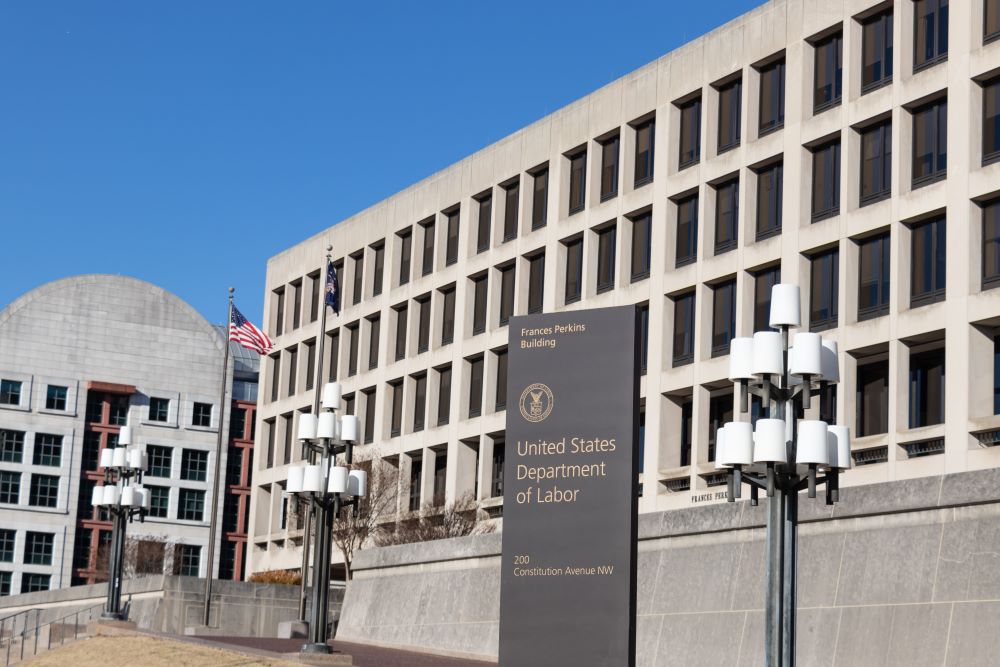
August 20, 2025

On March 17, 2025, the Department of Labor (DOL) announced its first major update to the Voluntary Fiduciary Correction Program (VFCP) since 2006. The program, a familiar tool for retirement plan sponsors, has always offered a way to fix fiduciary errors before they lead to enforcement action. In practice, though, the process often required more paperwork than many sponsors felt was reasonable for small, routine mistakes. The new rules introduce a Self-Correction Component and modernize several existing provisions, giving employers a new path to compliance while keeping the accountability standards of ERISA in place. To help clients, prospects, and others, Wilson Lewis has summarized the key details below.
The VFCP was created under the Employee Retirement Income Security Act of 1974, better known as ERISA. It is the federal law that governs most private-sector retirement and health plans. It sets minimum standards for how plans must be run, requires fiduciaries to act solely in participants’ best interests, and prohibits conflicts of interest. When mistakes occur, ERISA gives the DOL authority to enforce penalties, but it also permits voluntary correction programs like VFCP to encourage compliance.
Until now, even minor problems in these areas required a full VFCP application. Sponsors had to prepare extensive documentation and wait for the DOL to issue a “no-action” letter. For small, routine mistakes, many found the process cumbersome.
When SECURE 2.0 passed in 2022, it required regulators to make self-correction easier for certain errors. Soon after, the IRS expanded its correction program, and the DOL has now updated VFCP.
The most significant change is the creation of the Self-Correction Component (SCC). For the first time, sponsors can correct certain errors without going through the full VFCP application process. Late contributions or loan repayments may now be self-corrected if the lost earnings are $1,000 or less and the correction is made within 180 days. Certain inadvertent loan failures may also qualify, but only if they are eligible under the IRS’s correction program.
Now, instead of preparing a full application, sponsors may submit a notice through DOL’s online portal and receive an email acknowledgment. However, unlike the traditional program, SCC does not result in a formal “no-action” letter. This means it’s the responsibility of the plan sponsor to keep proper documentation, including the emailed SCC notice, a completed checklist, lost earnings using the DOL’s online calculator, and a signed penalty-of-perjury certification. The DOL reserves the right to review records at any time.
Eligibility for SCC also comes with limits. Sponsors cannot use the self-correction process if the plan or applicant is already under investigation, examination, or enforcement by the DOL, IRS, or any other agency. SCC does not cover every type of loan issue; it applies only to those defined as “inadvertent” under the IRS rules. Larger or more complex issues still require the full VFCP application.
The DOL made other updates as well. It clarified correction methods for complex transactions, such as when plan assets have been sold and can’t be repurchased, or when leasebacks with related parties cannot simply be undone. It also created an option for service providers to submit bulk applications for multiple plans, reducing costs and administrative duplication. Finally, the DOL amended Prohibited Transaction Exemption 2002-51 so that SCC corrections, like full VFCP applications, can qualify for excise tax relief, and it removed a prior three-year limit on how often that relief can be used.
For sponsors, the updated VFCP offers a quicker way to address routine errors while keeping the traditional program for bigger problems. Proactive steps include:
The DOL’s new option is meant to handle the smaller, routine errors that come up in plan administration, but larger or more complicated problems still need the traditional VFCP process. In practice, the change may reduce the burden for plan sponsors while maintaining accountability. If you have questions about the information outlined above or need assistance with your next plan audit, Wilson Lewis can help. For additional information call 770-476-1004 or click here to contact us. We look forward to speaking with you soon.